Galakrond’s Awakening brought adventures with card rewards back to Hearthstone. The adventure includes 35 new cards that can only be gained by purchasing the adventure either with gold or real money. If you have not bought the adventure, you are not able to craft the cards in it, but if you do buy it, you get the cards and are then able to disenchant and recraft them at will. Of course, it is not advisable to first disenchant a card and then end up crafting it again later, so think carefully what you want to do with the cards if you get them.
Assuming the adventure works like the old ones, the cards in it will become craftable for everyone once it rotates out of the Standard format in April 2021. I would not make long-term crafting plans for that occasion yet, so the key question for right now is whether Galakrond’s Awakening is worth buying right here, right now.
This article has been updated to reflect the use of Galakrond’s Awakening cards in the Ashes of Outland meta.
How Much Does Galakrond’s Awakening Cost?
You can buy the entire adventure with real money for $19.99 (€19.99 in Europe) or the four individual chapters for $6.99 (€6.99 in Europe) each. The individual chapters have to be bought in order, you cannot skip the early ones and go straight for the final chapter. This pricing scheme makes it unattractive to buy individual chapters of the adventure with real money: if you are already going to pay for it, paying 40% more for the pleasure of buying it piecemeal is not something you want to do. Buying the adventure bundle with real money costs the same as buying a bundle of 15 card packs.
You can also buy the adventure with gold at 700 gold per chapter. This amounts to 2800 gold overall, the equivalent of 28 card packs.
The overall dust value of the cards in the adventure (excluding the cards from the free part of chapter one) is 2930 dust. Because a card pack is worth roughly 100 dust, this means that from a dust perspective, buying Galakrond’s Awakening is more effective than buying card packs even with gold, and much more so with real money.
The old adventures used to be the most cost-efficient way to spend money on Hearthstone, and Galakrond’s Adventure continues this trend: it is far more effective to buy it with real money than with gold, and you also get more in return than from spending real money on card packs.
However, this level of analysis is still too superficial. It assumes that every card is of equal value, but that is not the case. Any actually usable card is worth far more than its disenchant value, so in order to go deeper, we need to look into the cards themselves and how useful they are in the current meta decks.
Galakrond’s Awakening: The Free Cards
The first chapter of League of E.V.I.L. is free, so everyone has access to these cards:
The free cards are worth 100 dust if disenchanted.
In the current meta, Bomb Wrangler is a strong card that sees play in the majority of Warrior decks, and it is one of the better-performing cards in those lists. Air Raid sees some play in Pure Paladin, but its performance is mediocre and it is not part of all the lists. Twisted Knowledge and Eye of the Storm have had no impact on the meta whatsoever.
Galakrond’s Awakening: Chapter One
The purchasable part of chapter one gives you three bonus cards when unlocked and four more cards from defeating the bosses:
The cards from chapter one are worth 350 dust if disenchanted.
The highlight of chapter one is Winged Guardian, which is the definitive card in Embiggen Druid. Embiggen Druid dominated the meta briefly, but as other decks started to tech against it, it fell from dominant to merely OK, and it has since become a niche deck in Ashes of Outland. It remains a playable deck, and Winged Guardian also sees play in Big Druid, which is the spiritual successor to Embiggen Druid in Ashes of Outland. However, Spell Druid has taken over the mantle of the most common Druid deck, and a minion like Winged Guardian cannot fit into that deck. It remains a powerful card, but there is no top tier deck for it at the moment.
Chapter one also includes Fresh Scent, which is a somewhat useful Hunter card with a lot of potential. It is one of the best cards in the few Beast-based Hunter decks that are played at the moment, but the meta Hunter decks right now are based on Dragons more than Beasts. A good card, nonetheless, and one that may rise up in future expansions.
Licensed Adventurer is a powerful Quest synergy card that sees play in a variety of Quest decks. It is a fine addition to multiple decks that include a Quest. There are fewer Quest decks around in Ashes of Outland than there were in Descent of Dragons, but Licensed Adventurer is ready for any future expansions that enable Quest decks to come back to the meta in force.
Dark Prophecy has started to see some play in Ashes of Outland, mainly in Tempo Priest, which, admittedly, is a niche deck.
The other cards from chapter one have not found their way into the meta.
Overall, chapter one offers some promising cards that can become part of top tier decks in future expansions, and Winged Guardian already was in a top tier deck in Descent of Dragons, but none of the cards play an essential role in Ashes of Outland.
Galakrond’s Awakening: Chapter Two
Chapter two gives you access to eight new cards:
The cards from chapter two are worth 500 dust if disenchanted.
Rising Winds is the best-performing card of chapter two. It is a great card in Spell Druid and Quest Druid.
Fiendish Servant is a great addition to Zoo Warlock. It did not fit in the Galakrond Zoo lists, but Ashes of Outland brought Discard Zoo back into the meta, and Fiendish Servant is an excellent addition to that archetype.
Skyvateer is another card that has seen its fortunes rise with Ashes of Outland: with plenty of new Stealth synergies for Rogue, Skyvateer has become a common inclusion in Stealth Rogue decks and Highlander Rogue decks.
Cleric of Scales did not originally see any play in Descent of Dragons, but the additional Dragon Priest support in Ashes of Outland has brought it into the meta.
Arcane Amplifier is an underrated tool. It performs well in all Highlander Mage lists that include it, but it is not part of the most popular builds.
None of the other cards from chapter two have been successful so far.
Chapter two provides several useful cards. None of them are the definitive pieces of their archetypes, and as such, they can be replaced, but they improve the decks they go into.
Galakrond’s Awakening: Chapter Three
There are eight new cards in chapter three, and this is where things get exciting!
The cards from chapter three are worth 780 dust if disenchanted.
Risky Skipper is mandatory in just about every Warrior deck in Ashes of Outland. Its ability to damage all minions makes it a beautiful pair to Bomb Wrangler from chapter one and a great synergy card for Armorsmith, Battle Rage, and Bloodboil Brute. It can clear boards, enable damage synergies, and help you to draw cards.
Rotnest Drake is phenomenal. Great stats and a free Deadly Shot on top, this card is insane. It is also a key piece of Dragon Hunter and Highlander Hunter, two decks that are doing extremely well right now. Dragon Hunter, in particular, gains an immense power spike from Rotnest Drake.
Sky Gen'ral Kragg is the best Quest synergy card in Hearthstone. You don’t even need an active Quest to use it, it is enough to have played a Quest at some point during the game. It is a must-have card for any Quest deck.
Scalelord is a powerful card in Murloc Paladin. As predicted before the rotation, Murloc Paladin has inherited the role of the main aggressive Paladin deck from Mech Paladin in Ashes of Outland, and Scalelord is one of the better-performing cards in the archetype. It is yet another example of a card from Galakrond’s Awakening that everyone knew had potential, but just did not have the right deck for it in the previous meta. Now, it has found its place in Ashes of Outland.
Boompistol Bully is the only anti-Battlecry tech card in the game. It was played a lot in Descent of Dragons, went away for early Ashes of Outland, and has now made a partial return after the nerfs made Rogue viable again. As a tech card, it may be relevant depending on the meta, and we have already seen it come and go.
Waxmancy and Aeon Reaver have made it to some Highlander Rogue and Highlander Priest decks in Ashes of Outland, but their performance is mediocre, so while they are useful, they are not mandatory pieces in those decks.
Chopshop Copter is the only card from chapter three that seems largely unplayable at the moment.
Chapter three is wonderful. Risky Skipper and Rotnest Drake are deck-defining cards, and there are several other useful cards in the chapter.
Galakrond’s Awakening: Chapter Four
Chapter four includes the final eight cards of the adventure:
The cards from chapter four are worth 1300 dust if disenchanted.
Whenever you can cheat a card out early, it’s powerful, and Frenzied Felwing is no exception. It was nerfed early in Ashes of Outland, which is great news for anyone who has not bought the entire Galakrond’s Awakening adventure because the nerf brought it down from being mandatory to merely being good. Yes, it is still a good card that sees play in a wide variety of aggressive decks.
Escaped Manasaber is just a generally good card. As a sticky, temporary ramp minion, it is not a star player in any deck, but it is a worthwhile addition to many decks, such as Highlander Mage, Highlander Hunter, and Galakrond Rogue.
The Amazing Reno is one of the best cards in Highlander Mage. Its Hero Power is completely random, but the card is worth it for the Battlecry effect alone: a beefed-up Plague of Death that does not even leave a trace of the minions in the resurrect pool. It probably is not even worth playing Highlander Mage without The Amazing Reno right now.
Steel Beetle is currently one of the strongest early defensive minions Druid has access to. However, Spell Druid and Big Druid are not interested in it for obvious reasons, as it is a small minion. It is important for Quest Druid, which is not very popular right now but still performs well.
Shotbot was a great card in Mech Paladin, but it has struggled to find its place in Ashes of Outland. It remains a powerful tool just waiting for the right deck.
Boom Squad is used in some attempts to build a slow Warrior deck, but slow Warrior decks are not doing great in Ashes of Outland so far.
Grand Lackey Erkh continues to be experimented with as a value-generation tool, but its results remain mediocre at best.
Chaos Gazer has not been able to find success yet.
Chapter four is just as impressive as chapter three. The Amazing Reno is the centerpiece of Highlander Mage and Frenzied Felwing and Escaped Manasaber see play in several decks. There are also several promising cards in the chapter that may become key cards in future expansions.
How important is Galakrond’s Awakening?
Galakrond’s Awakening includes several cards that see play in meta decks right now:
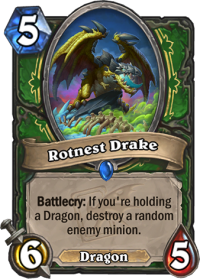 Dragon Hunter and Highlander Hunter use Rotnest Drake and sometimes Frenzied Felwing (chapters three and four)
Dragon Hunter and Highlander Hunter use Rotnest Drake and sometimes Frenzied Felwing (chapters three and four)- Practically all current Warrior decks use Risky Skipper (chapter three) and Bomb Wrangler (free)
- Highlander Mage received multiple improvements with The Amazing Reno, Arcane Amplifier, and Escaped Manasaber (chapters two and four)
- Spell Druid uses Rising Winds and Quest Druid uses Rising Winds and Steel Beetle (chapters two and four)
- Murloc Paladin uses Scalelord (chapter three)
- Discard Zoo uses Fiendish Servant (chapter two)
- Multiple Rogue decks use Skyvateer (chapter two)
- Embiggen Druid was discovered thanks to Winged Guardian and the card also sees play in Big Druid (chapter one)
These are some major contributions to the meta, and make the adventure easily worth pursuing with either real money or with gold.
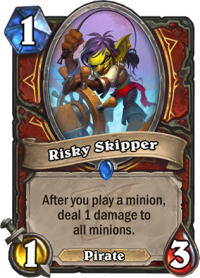
Note that Galakrond’s Awakening is not strictly mandatory. You can play the best versions of several archetypes, such as Tempo Demon Hunter, Galakrond Rogue, Galakrond Priest, Resurrect Priest, and Face Hunter, without a single card from the adventure.
Yet, Galakrond’s Adventure has so far proved to be useful: many cards from it saw play in Descent of Dragons and even more of them see play now in Ashes of Outland. While some of the adventure cards have lost their decks, new decks have arrived that include other cards from it. This is promising for the value of the adventure, as it seems to have good pieces ready and waiting for various metagames.
Always pursue cards for decks that you want to play! If the decks that benefit from the adventure interest you, it is definitely something you should go for. If not, you can safely skip it, especially if you would buy it with gold, where the dust value of the cards is not that high in comparison to card packs.
It is also worth noting that the rewards from the adventure are mainly from chapters three and four. While they might not give you more cards, the cards in the later chapters are worth more dust and are generally better. Because you need to buy the chapters in order, you almost always have to buy the entire adventure to really benefit from it. You are being gently guided towards using real money to buy the entire bundle with the way the adventure is designed, but buying it with gold is definitely an option if you wish to remain free-to-play. If you plan to spend any money on Hearthstone, it is best to buy the adventure with real money and use your gold on card packs.

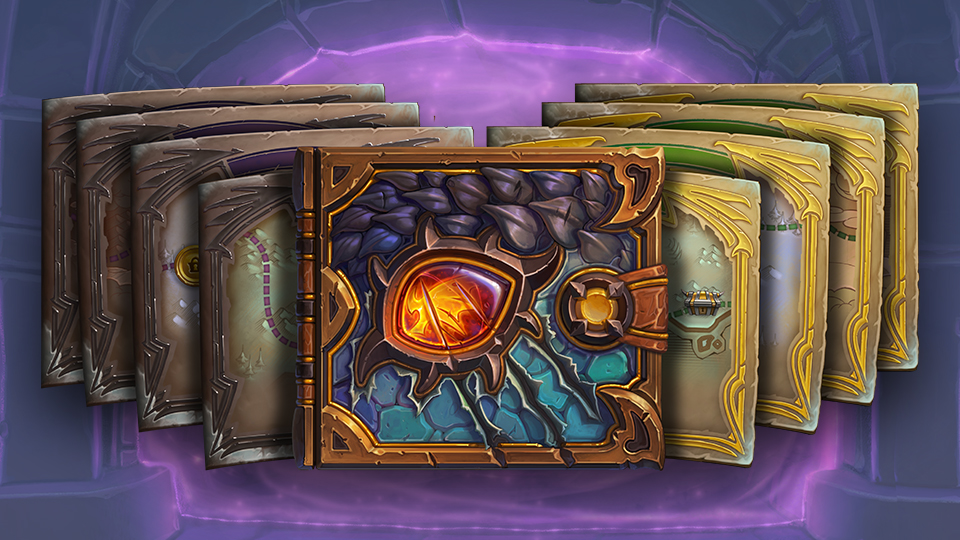
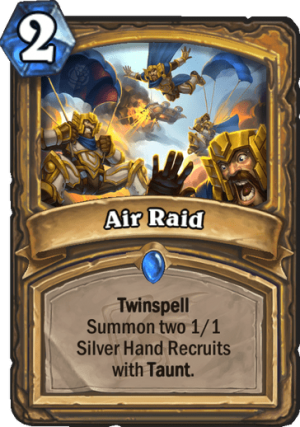
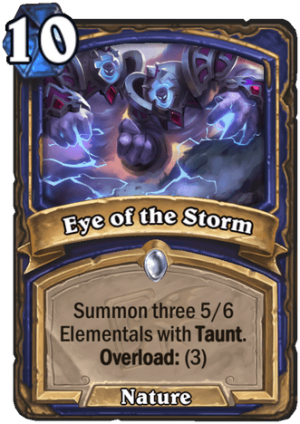
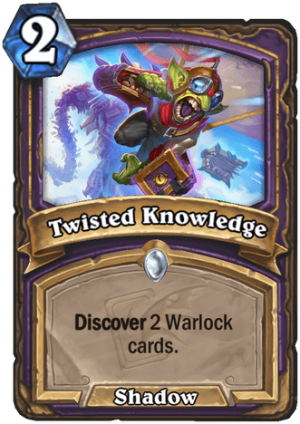
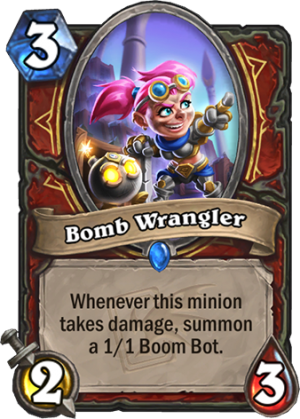
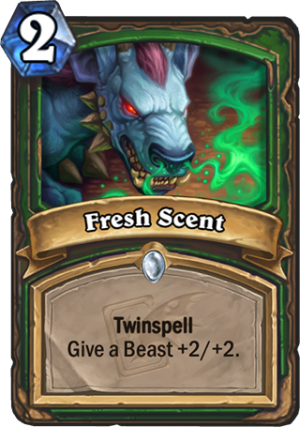
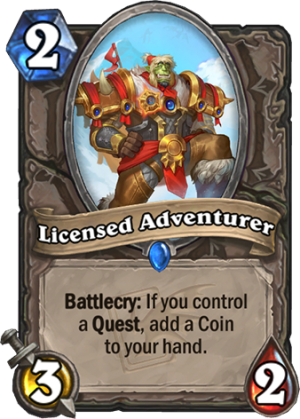


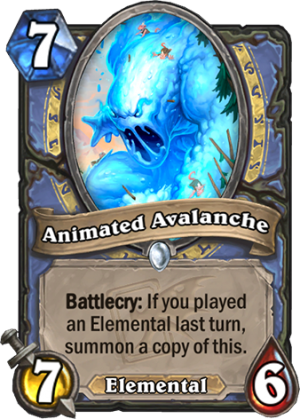
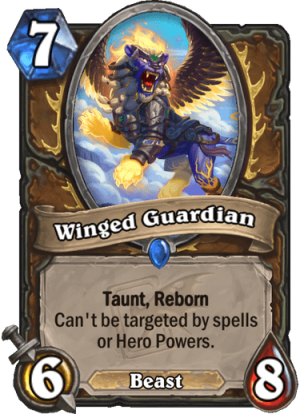
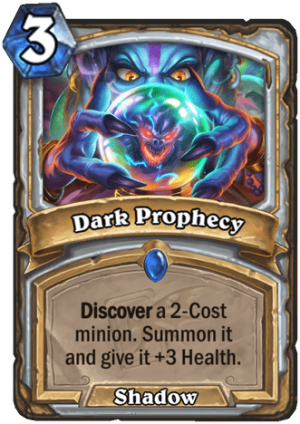
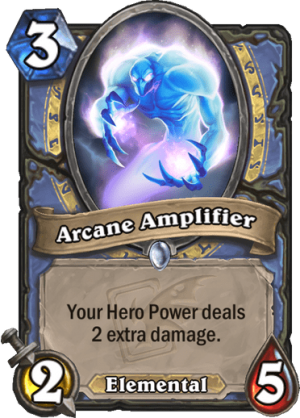
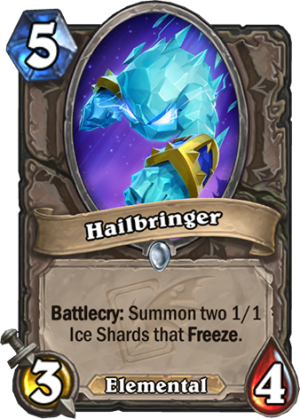
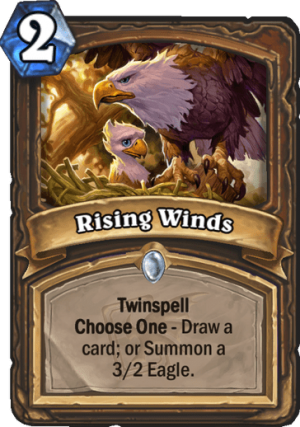
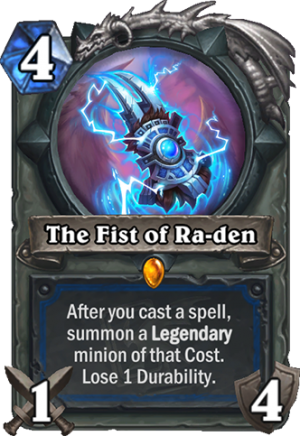

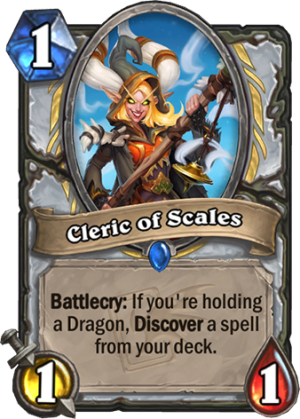
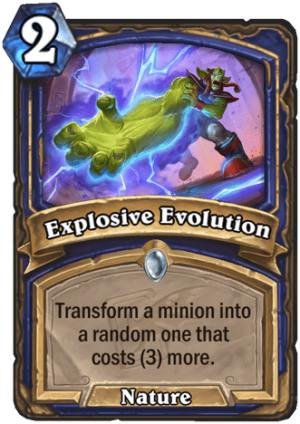
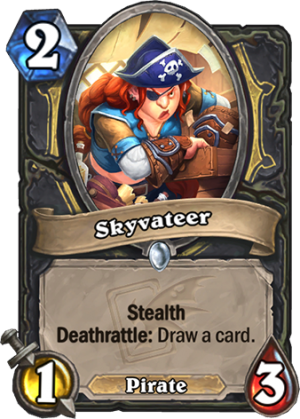
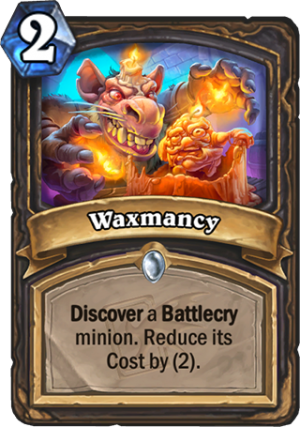
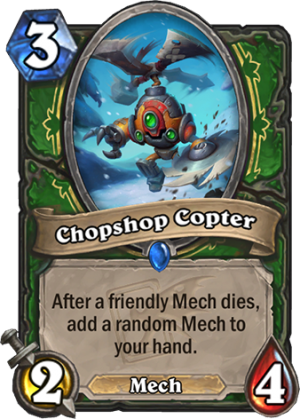
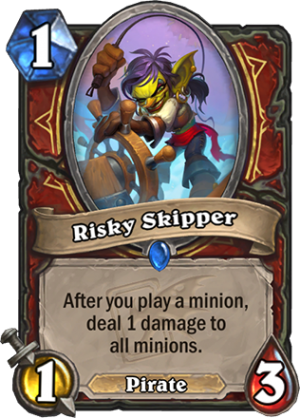
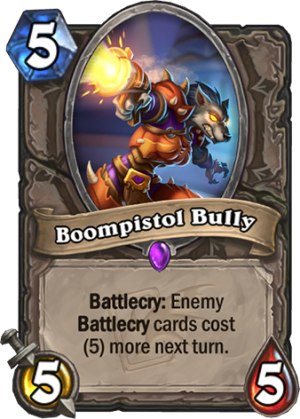
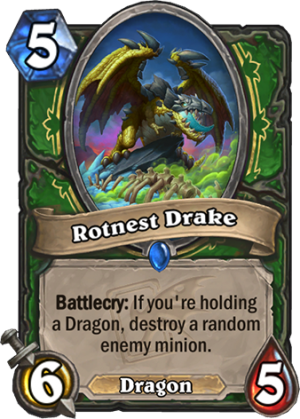
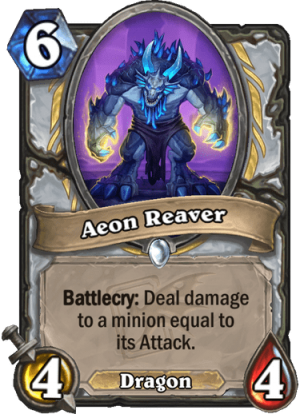
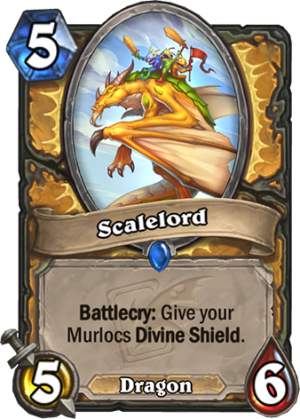
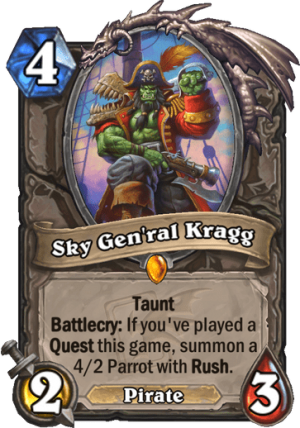
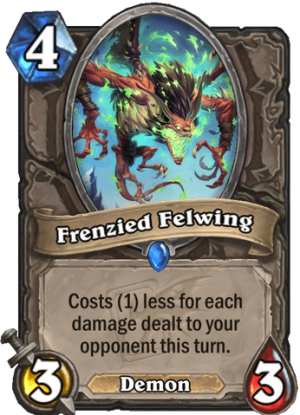
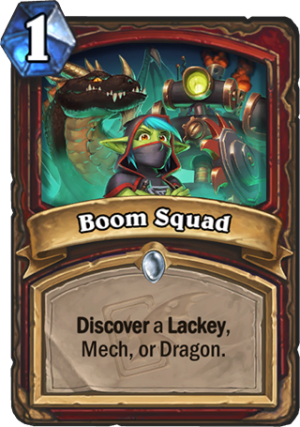
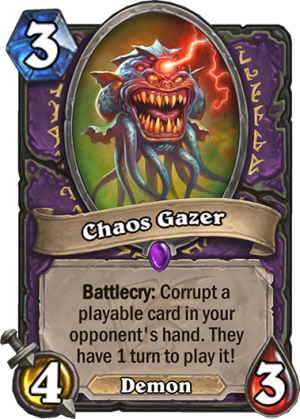
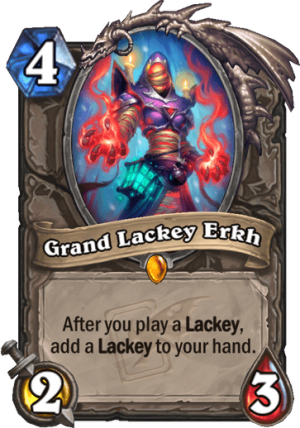
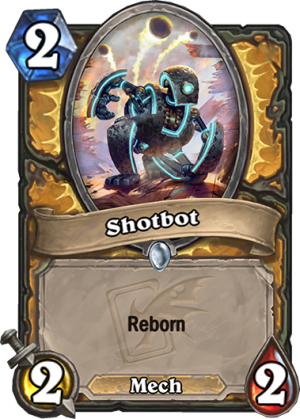
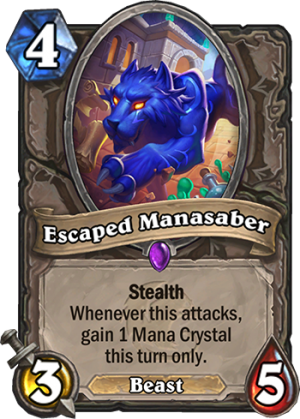
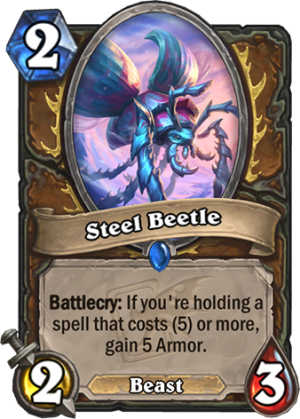
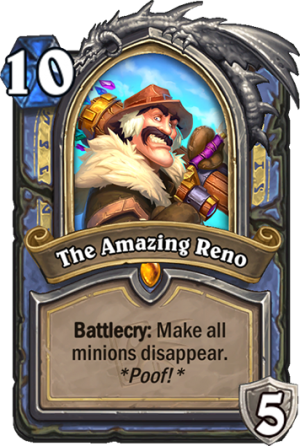
Hey Old Guardian, nice article.
Do you think that older adventures are still worth purchasing (especially standard ones Rise of Shadows – The Dalaran Heist and Saviors of Uldum – Tombs of Terror but I’m curious about what you think about wild ones) ?
Thanks in advance for your response.
None of the other Standard adventures include exclusive cards, so they are only worth buying if you like the solo content: the content in them is better than in Galakrond’s Awakening, in which it is just an excuse to get cards.
The old adventures up to One Night in Karazhan are fine for the cards, although you can also craft the exact ones you need unless you play around a lot in Wild.
Okay I understand, thanks for the quick answer.
Nerub’ar Weblord from Naxx. Anti-battlecry tech existed before =P
Buying Galakrond’s Awakening however, reduced your gold savings by 2800 gold that is intended for buying packs from upcoming expansions.
I used to be able to buy roughly 70 packs every expansions by saving golds. But with this monetization concept, (where if you don’t buy the adventure you don’t get cards), those 70 packs is greatly reduced.
I prefer the old Tomb of Terror & Dalaran Heist where it is purely optional to buy them.
But, on the other hand, there are rumors about big improvements for F2P players and the cost of the game. Maybe this time, I could save up more golds.
“there are rumors about big improvements for F2P players and the cost of the game” do you have any source for this by any chance?
There’s a Hearthstone Summit every year where they invite a bunch of pros/streamers to look at their upcoming plans for the next year in Hearthstone. It just happened this last weekend and a few streamers said this. Read through most of the things they said here
https://hearthstone-decks.net/hearthstone-summit-2020-preparing-upcoming-announcements/
yep. there it is. Thanks for posting it.
I can’t wait to see it.
thanks for the info guys, the future looks promising for all of us